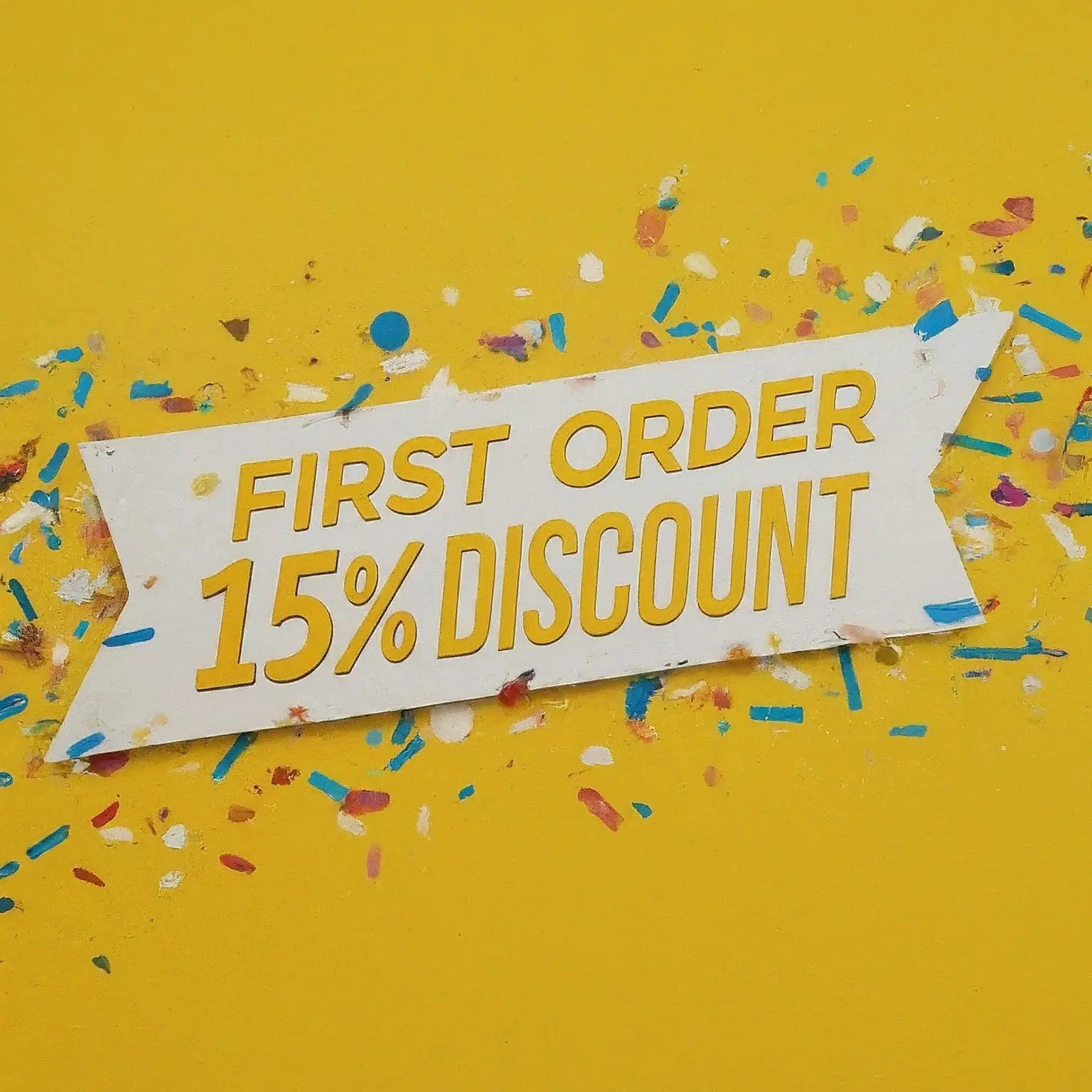Creating a personal narrative essay is something students enjoy. It's one of the simplest types of essays. This essay does not limit you to a limit; instead, it allows you to use your ideas freely.
Also, in a personal narrative essay, you can write about a personal life experience. Even something fictional that you think will entertain readers.
In a personal narrative essay, you tell the readers about your story. So, naturally, you need vivid language to make things easily understandable for the reader.
Here in this blog, you will find everything you need to know about a personal narrative essay.
What is a personal narrative essay?
A personal narrative essay is a type of short story. The only difference is; A short story can be real or fictional. Whereas a personal narrative essay is about the personal experience of the writer. It is usually written in the first person and has a clear narrative that focuses on a specific moment.
It has a special plot around which the entire story revolves. It also includes all the characters who played some role in the story. It provides all the sensory details of the event and the order in which the events occur in the story.
Professors commonly ask high school students to write these types of essays more often than any other. They invoke creative writing skills and provide insight into a student's personal life.
How to structure a personal essay?
A good personal essay should have an introductory paragraph, a body paragraph, and a conclusion. The standard length is about five paragraphs, but individual essays can be longer or shorter as long as they include all three basic sections:
Introduction: The first sentences of your essay should include a hook that grabs the reader's attention. Provide a personal statement you plan to prove in the body of your essay. Avoid common clichés like opening with a famous quote (especially if it's a college essay), and try to make a unique connection with your audience.
Body: The body of your essay is the meat of your story which should include your main points and personal evidence supporting the thesis statement of your narrative essay. This is where you, as a writer, share how your personal experiences have shaped your perspective and reflect on the wisdom gathered.
Conclusion: Your conclusion should restate your thesis and contain the moral of your story or the revelation of a deeper truth. Review why this essay matters and summarize what you want readers to take away from this particular piece.
How To Write A Personal Narrative Essay?
Personal narrative essays don't tell what happened. They tell what happened to the author. Instead, it shows what happened and how you felt at that moment.
Here's how you can write your essay:
Select a Topic
The first and most important step is to select a topic for your story. Because these essays are about your personal experience, you should be interested in the topic.
Create an outline
Once you've decided on a topic and the story you want to tell, create an outline. Outline will help you to remember the event and follow the actual sequence of the event. You will also be able to organize your story better.
Start with a good hook
As you're telling a personal story, start with a catchy hook. This will help you capture the reader's attention. For example, a captivating dialogue can be used as a hook statement. In addition, a quote or an anecdote can also be a hook statement.
Vivid description
As mentioned above, the purpose of a personal narrative essay is to show rather than tell. So try to engage the reader's five senses with the vivid narration of your story. But, first, create an image in the reader's mind and take them to the event's actual occurrence.
Use transition words
Using transition words helps you make connections between stories. For example, use words like; However, therefore, moreover, etc.
Focus on important moments
There are many moments in your story, but they are not equally important. So first, pick the most important moments in your story and focus on them. Then, zoom in on them and provide more detail and description of those moments.
Add emotion
Don't forget to add emotion because you want the reader to feel what you felt. Describe each emotion to show the reader how you felt at different points in your story.
Be consistent
Be consistent with your story; Don't get distracted by irrelevant details. Stick to one story and avoid any inconsistent patterns in your story. If you add too many event details, the reader will understand and will soon gain interest.
Prove the value of your experience
As this is a personal narrative, you do not need to provide evidence to prove the importance of your story. Instead, you have to convey an overarching message through your story. You want to tell the reader what you learned or how that moment changed your life.
Conclusion
Writing a narrative is an important academic activity that helps students develop their reflection and creative writing skills. Unlike other types of texts, personal narrative essays use first-person language and draw on specific experiences rather than outside research to develop content. Tips for writing a personal narrative essay include:
- read examples of personal narratives;
- focus on memorable events and moments;
- expand on moments of great personal struggle;
- develop a theme and build on it;
- start with the hook;
- begin with an experience that introduces action;
- move through events chronologically;
- use sensory description and description;
- end with "lessons learned".
Copyright © 2024 getessayservice.com

